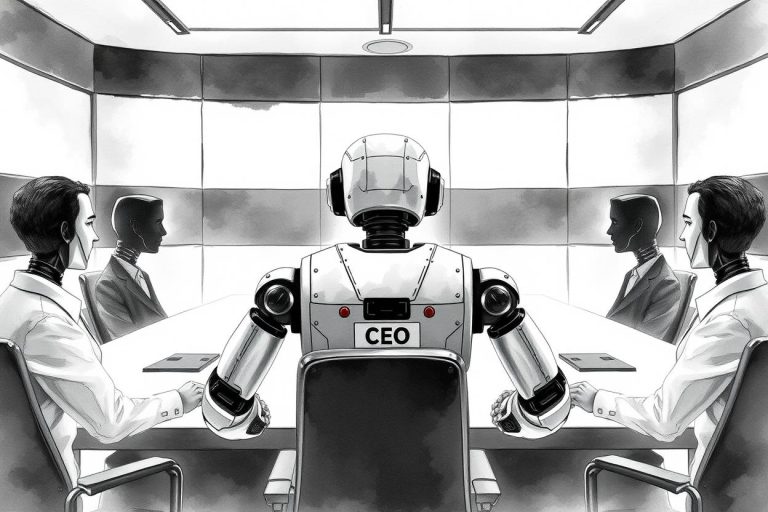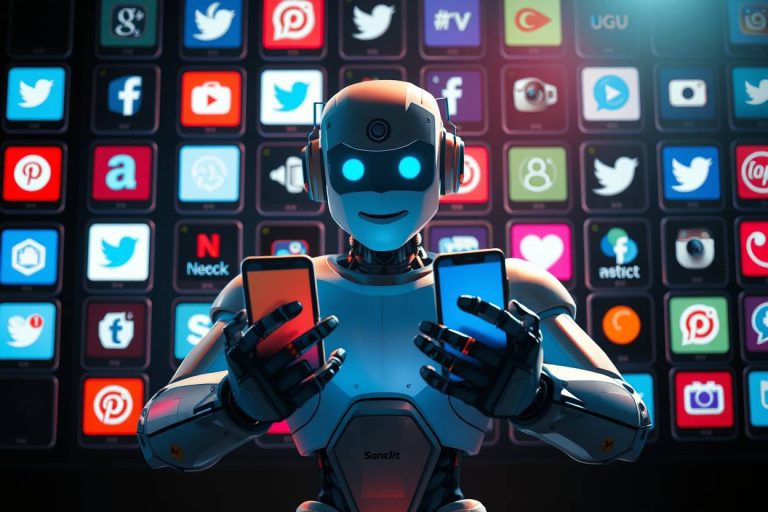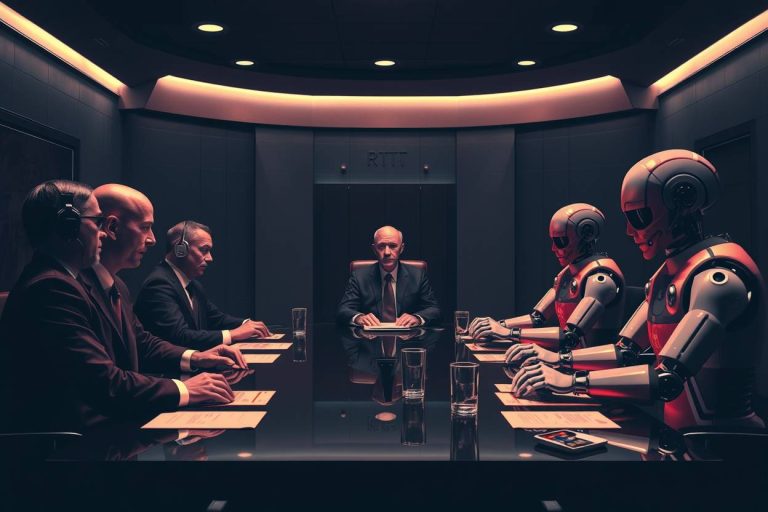Multi-Agent Systems: A Practical Analysis of AI Collaboration
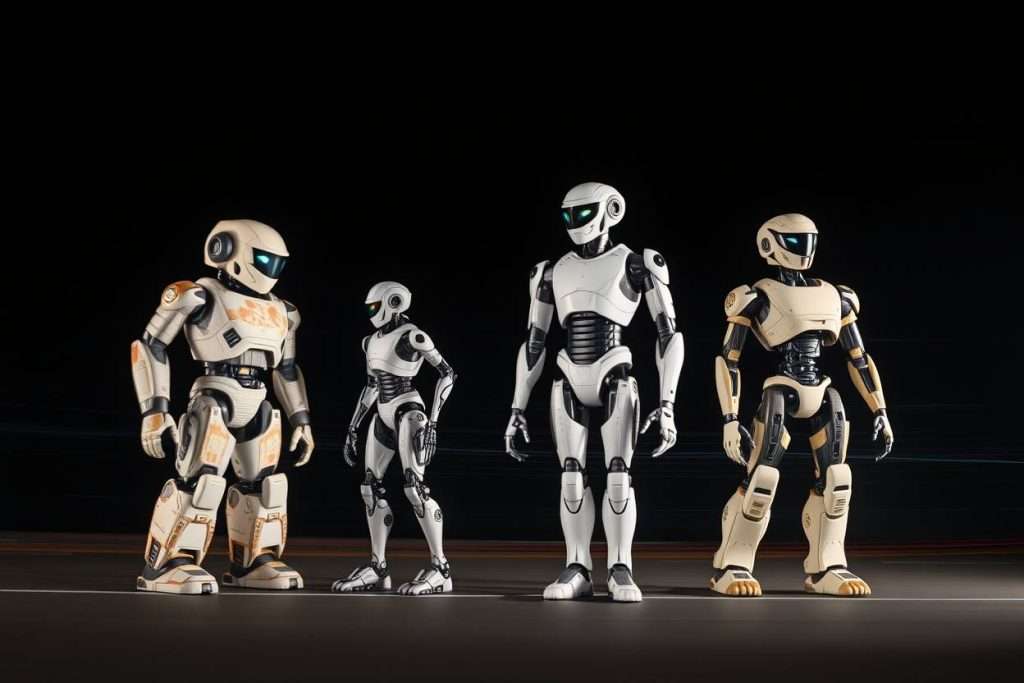
Multi-Agent Systems are computational systems composed of multiple, independent AI agents that interact within a shared environment to solve a problem. This approach represents the next frontier in automation, moving beyond single, monolithic AI models to collaborative teams of AI agents that can tackle complex, large-scale challenges.
- A multi-agent system is a team of specialized AI. Multiple autonomous agents collaborate to solve a problem that is too complex for a single agent.
- The technology is still emerging and experimental. It is not yet a mature, off-the-shelf solution for mainstream business use and is primarily used by developers and researchers.
- Orchestration is the main technical challenge. The hardest part is engineering the communication and coordination protocols that allow the agents to work together reliably.
- New platforms are making the technology more accessible. Tools like Manus and Flowith NEO provide managed environments that simplify the process of building a collaborative AI workforce.
- Their key advantage is solving complex problems. By decomposing a large task and assigning it to specialized agents, these systems can automate workflows beyond the scope of any single AI.
The defining characteristic of multi-agent systems is the interaction between AI agents, which can include communication, coordination, and negotiation. This guide provides a practical analysis of this emerging technology, detailing its current state, the platforms used to build it, and the significant challenges that must be addressed for enterprise adoption.
What Is a Multi-Agent System in Practice?
A multi-agent system is a framework where specialized AI agents work together. Instead of building one massive, all-knowing agent, this approach involves creating a collection of simpler agents, each with a specific role or expertise, and orchestrating their collaboration.
The Primary Advantage Over Single-Agent Systems
The core value of pursuing AI agent collaboration lies in its ability to overcome the limitations of a single agent.
- Task Decomposition: Multi-agent systems can solve problems that are too large or complex for any individual AI by breaking them down into manageable sub-tasks. Each sub-task is then assigned to a specialized agent.
- Increased Robustness: The system is more resilient. If one specialized agent fails or encounters an error, the orchestrating agent can often adapt by re-assigning the task or using a different agent, preventing a total system failure.
Is this technology ready for business use today?
A clear understanding of the current technological maturity is essential for any business leader evaluating this field.
The Current State of Multi-Agent Systems
As of 2025, multi-agent systems are still in an emerging and highly experimental phase. While the technology is powerful and developing rapidly, it is not yet a mature, off-the-shelf product for mainstream enterprise use. The primary users today are AI researchers and advanced development teams who are prototyping the next generation of autonomous capabilities.
What is the main barrier to widespread adoption?
The primary difficulty is not building the individual agents, but engineering the orchestration layer. The core challenge lies in creating reliable, safe, and predictable communication and coordination protocols that govern how multiple AI agents interact. As a recent Stanford University report on agentic systems highlights, ensuring that agents can effectively collaborate and resolve conflicts without unintended negative consequences is a major area of ongoing research.
What Are the Key Technologies for Building Multi-Agent Systems?
While still a developer-centric field, several open-source frameworks have emerged to simplify the creation of these complex systems built to orchestrate multiple AI Agents.
The Primary Frameworks for Developers
- Microsoft AutoGen: This is a popular open-source framework from Microsoft Research that simplifies the creation of complex applications using multiple, conversational LLM agents. It provides a high-level abstraction for managing agent-to-agent communication and collaboration.
- LangChain Agent Swarms: Within the broader LangChain ecosystem, this set of tools is designed specifically for orchestrating multiple agents. It provides a framework for routing tasks between agents and managing their collective state.
- CrewAI: This is a newer, open-source framework explicitly designed for orchestrating role-playing, collaborative agent “crews.” It focuses on creating a cooperative workflow where agents with different roles (e.g., researcher, writer, critic) work together on a task.
The Role of No-Code Platforms
A common question is whether these systems can be built without deep technical expertise.
- Current Limitation: Mainstream no-code automation platforms like N8N, Make or Zapier are architected for linear, single-agent workflows. They currently lack the complex state management, conditional logic, and communication protocols required for true, dynamic AI agent collaboration.
- Potential: It is possible to simulate a simple, sequential multi-agent process by chaining together multiple individual workflows. For example, the output of one workflow can trigger a second one. However, this approach is brittle and lacks the dynamic, real-time coordination of a true multi-agent system.
Consumer-Ready Multi-Agent Platforms: The Next Step in Accessibility
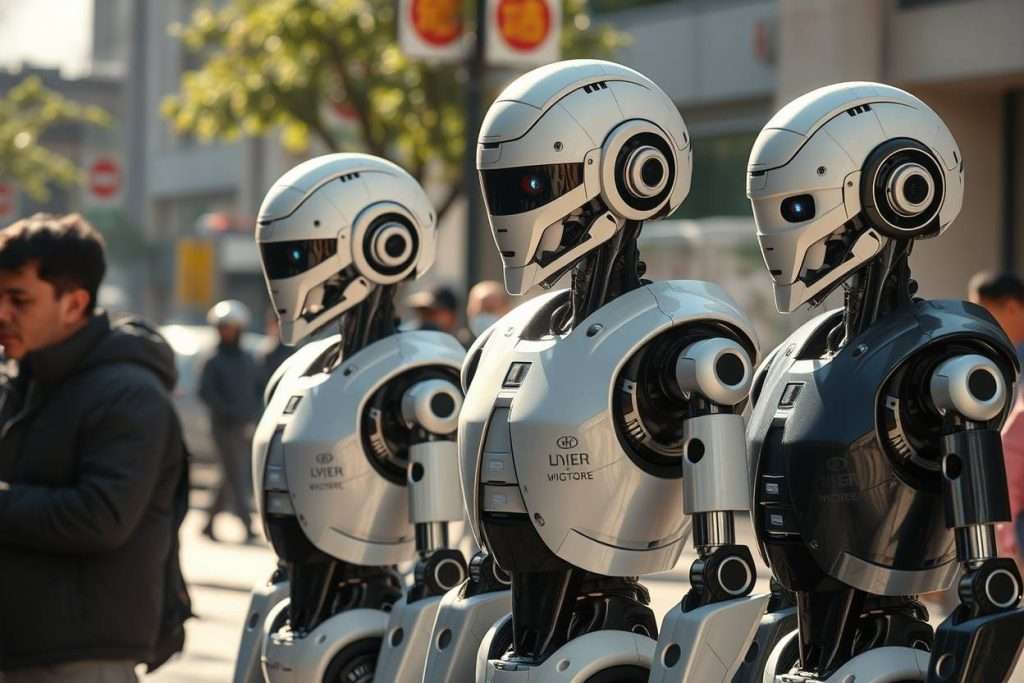
While enterprise-grade multi-agent systems remain largely in the development phase, a new category of commercially available platforms has emerged that makes this technology accessible to individual users and small teams. Platforms like Manus, Genspark, and Flowith NEO represent an important bridge between experimental frameworks and mainstream adoption, offering subscription-based access to sophisticated multi-agent capabilities without requiring extensive technical expertise.
Manus implements a multi-agent architecture that combines planning, execution, and verification agents powered by advanced LLMs like Claude and Qwen. Its standout feature is autonomous research and coding capabilities, where specialized agents collaborate to gather information, analyze findings, and implement solutions with minimal human supervision. Starting at $29/month, it provides access to complex agent orchestration previously available only to developers.
Genspark takes a different approach with its “Mixture-of-Agents” system that coordinates eight different specialized LLMs through a central orchestrator. This architecture enables distinctive capabilities like AI phone calls, multi-modal content creation, and persistent memory across sessions. With entry-level plans around $19/month, it focuses on making agent collaboration accessible to non-technical users handling complex, multi-step workflows.
Flowith NEO distinguishes itself through its “infinite” task handling capabilities, where agents can create sub-agents as needed to tackle component tasks. With its impressive 10-million token context window, it excels at long-running, data-intensive projects that would overwhelm single-agent systems. Its $39/month subscription model positions it as an affordable alternative to building custom multi-agent solutions.
While these platforms lack enterprise-grade features like comprehensive compliance frameworks, advanced security protocols, and scalability guarantees, they demonstrate how multi-agent architectures have matured beyond research environments into commercially viable products.
For businesses exploring this technology, these consumer platforms offer a low-risk entry point to experiment with multi-agent workflows before committing to more complex, custom-built solutions. Their emergence signals the beginning of multi-agent systems’ transition from specialized developer tools to mainstream productivity applications.
A Practical Implementation Example: Automating a “Competitor Analysis Report”
To understand how multiple AI agents work together, consider the goal: “Create a detailed report on the top 3 competitors for Product X, focusing on their marketing activities in the last quarter.”
The Agent Roles
- OrchestratorAgent: The project manager. It decomposes the goal into sub-tasks, assigns them to specialized agents, and compiles the final report.
- SearchAgent: A specialist that uses web search and news APIs to gather raw data about competitor activities.
- AnalysisAgent: A specialist that processes the raw data from the SearchAgent, summarizes key findings, and extracts relevant facts and figures.
- WriterAgent: A specialist that takes the structured output from the AnalysisAgent and drafts the final, human-readable report.
The Coordination Protocol
The intelligent agent coordination follows a clear, structured flow:
- The OrchestratorAgent initiates the process and assigns the “research” task to the SearchAgent.
- The SearchAgent executes its task and passes the collected raw data back to the OrchestratorAgent.
- The OrchestratorAgent then assigns the “analysis” task to the AnalysisAgent, providing it with the raw data.
- This process continues until the WriterAgent submits the final draft, which the OrchestratorAgent then finalizes.
What Are the Implementation Requirements?
Building a true AI workforce is a significant technical undertaking.
The Required Technical Skillset
- Strong proficiency in Python and hands-on experience with agentic frameworks like AutoGen or LangChain.
- A deep understanding of LLM APIs, prompt engineering for tool use, and state management across multiple agents.
- Expertise in debugging complex, non-deterministic, and often asynchronous systems.
The Role of the Non-Technical Business Expert
- Process Design: The most critical role is defining the business workflow. This involves clearly outlining the specific roles, responsibilities, and success criteria for each agent in the system.
- Output Validation: The business expert is responsible for critically evaluating the accuracy and quality of the system’s final output and providing the necessary feedback to refine the agents’ instructions and logic.
What Are the Primary Challenges and Risks?
The complexity of multi-agent systems introduces new and significant operational risks.
The Technical Challenge: Cascading Failures
An error made by an early agent in the chain (e.g., the SearchAgent gathering biased or incorrect data) can be amplified by subsequent agents. This can lead to a completely flawed final output that is based on a corrupted initial premise.
The Operational Challenge: The “Credit Assignment” Problem
When the final output is poor, debugging is extremely difficult. It can be nearly impossible to determine which agent’s failure or underperformance was the root cause. Was the research bad, was the analysis flawed, or was the writing poor?
The Financial Challenge: High Computational Cost
A complex task can require hundreds of LLM API calls as agents communicate, delegate, reason, and refine their work. This agent communication overhead makes these systems computationally expensive to run at scale, and the Total Cost of Ownership (TCO) must be carefully considered.
Conclusion: The Future of Complex Automation
While still in an experimental phase, multi-agent systems represent the logical future of automation. Real-world business problems are often too complex and multifaceted for a single AI model to solve alone. The ability to decompose these problems and assign them to a team of specialized, collaborating agents is the key to tackling the next generation of automation challenges.
The path to widespread enterprise adoption depends on the maturation of orchestration frameworks and the development of standardized, reliable communication protocols. For now, businesses should focus on mastering single-agent workflows to build foundational expertise. However, keeping a close watch on the rapid progress in multi-agent systems is essential, as this technology will undoubtedly define the next frontier of the autonomous enterprise.


